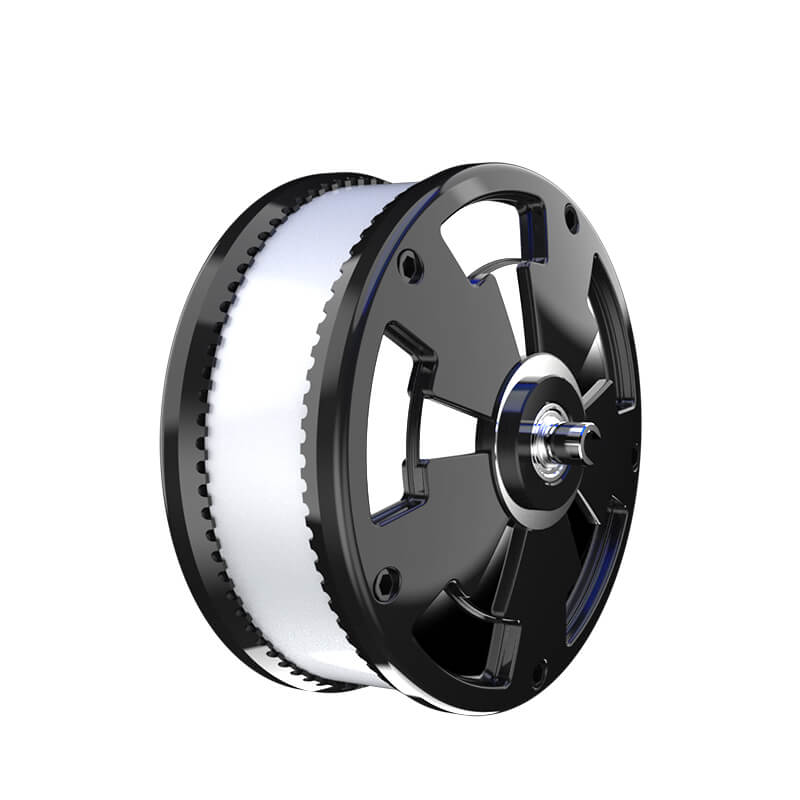Alright, imagine you’re tinkering in a garage, wires sprawled everywhere, and suddenly, that tiny, unassuming component called the “SG90 servo motor” catches your eye. It's small, yet it packs quite a punch when you’re bringing your robotic project to life. But what really makes it tick? And how do you make sure it’s wired up just right? That’s where a clear, straightforward circuit diagram becomes your best friend.

Think of the SG90 servo motor as the muscle in your robotics body. It’s not just about spinning; it’s about precision, control, and reliability. When you glance at a circuit diagram for the SG90, what you’re really after is a map that tells you how to connect power, ground, and the control signal. The wiring? Simple but crucial. It has three wires—orange (signal), red (Vcc), and brown (ground). Imagine plugging them into a microcontroller or a power supply correctly; that’s half the battle won. If you get it wrong, it's like trying to run a race with your shoelaces tied—nothing good happens.
Now, dig a little deeper. The power supply usually needs to be stable, around 4.8V to 6V, to keep the motor humming smoothly. Overvolting, and you risk damaging the tiny gear mechanism inside. Under-volting, and the servo might hesitate or stall mid-action. That’s why a good circuit diagram doesn’t just show lines going from point A to B but helps you visualize how everything interacts. It’s like a backstage pass to the inner workings of your robot.
Ever wondered why your servo jerks unpredictably or stalls? Sometimes it’s just a wiring hiccup—check your ground connection, especially if your project involves multiple power sources. Noise can also throw off signal stability, so adding a small capacitor across the power lines can smooth things out. These little tweaks make a difference you’d notice when your robot smoothly tracks a line or swings into position on command.
Here's a question—how do you know if your circuit diagram is good enough? Well, if it’s clear where each wire goes, and you understand each connection’s purpose, you’re golden. The diagram shouldn’t just be schematic lines; it should tell a story—how your power flows, where to put your resistor, if needed, and how to connect your microcontroller's PWM signals to the servo’s signal line.
Getting your circuit right is half the fun. It’s like setting up a domino run—align things carefully, ensure steady power, and watch your creation come to life. When that tiny hornet of a circuit diagram guides your hand, the servo responds with precision. Suddenly, those small bits of wire turn into a dance choreography—smooth, synchronized, and reliable.
So next time you search for an “SG90 servo motor circuit diagram,” envision it as your blueprint for success. Assembling a compact, effective circuit isn’t just wiring; it’s crafting the heartbeat of your project. It’s a puzzle that, once solved, unlocks endless possibilities for DIY robotics or automation experiments. No matter where you are on your journey, having that clean, well-understood diagram makes all the difference.
Established in 2005, Kpower has been dedicated to a professional compact motion unit manufacturer, headquartered in Dongguan, Guangdong Province, China. Leveraging innovations in modular drive technology, Kpower integrates high-performance motors, precision reducers, and multi-protocol control systems to provide efficient and customized smart drive system solutions. Kpower has delivered professional drive system solutions to over 500 enterprise clients globally with products covering various fields such as Smart Home Systems, Automatic Electronics, Robotics, Precision Agriculture, Drones, and Industrial Automation.




































